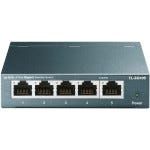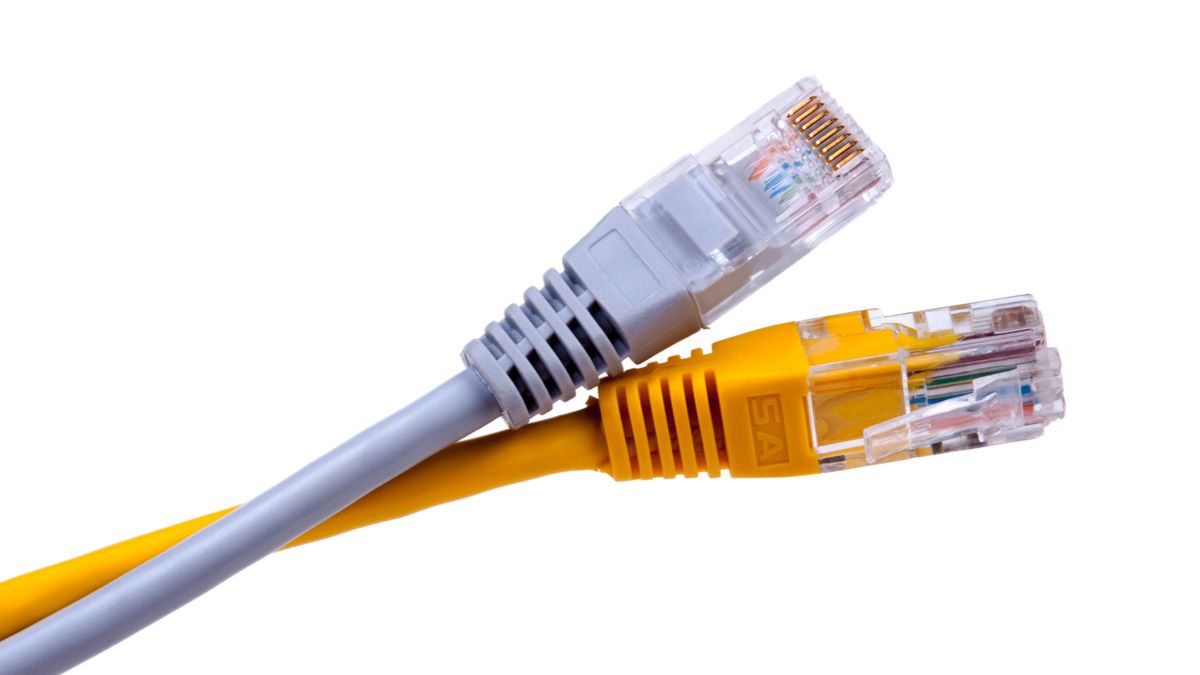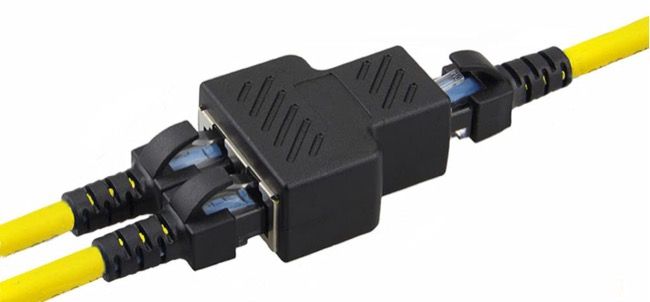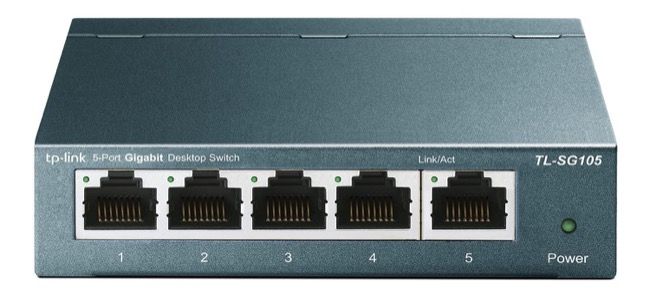Quick Links
Short on Ethernet ports and looking to connect an extra device or two to your wired network setup? You're likely to encounter two options: an Ethernet splitter, and an Ethernet switch. Here's why you should choose the switch every time.
What Is an Ethernet Splitter?
An Ethernet splitter is a simple device with three Ethernet ports on it. The idea is to allow you to run two Ethernet devices along a single cable without having to purchase and power a switch or run more cables. Splitters are incredibly cheap, but that's where the positives end.
To use splitters, you'll need two: one to connect your two devices, and another at the other end to "unsplit" the connection. This means you'll still be using the same number of Ethernet ports on your router as if you were using two separate cables. You don't add any Ethernet ports by using a splitter, you simply share a single cable.
The other big downside to using a splitter is the speed penalty you'll encounter when doing so. A splitter will reduce a Cat 5e throughput from its rated 1000Mb (gigabit) speed to a paltry 100Mb. This isn't so bad if you're only using your wired network with a low-tier internet plan, but for faster connections, for transferring files, or streaming media over the network, the slower speeds will pose a problem.
By now you've probably worked this out, but we'd recommend against using splitters unless you're completely out of options.
An Ethernet Switch Offers True Expandability
A better option for adding more Ethernet devices is to use a powered switch. You can connect a switch to a single port on your router and add additional ports. There's no need to "unsplit" the connections at the end since your router sees the switch as a single device.
There are some things to keep in mind when you use a switch. Since any devices you connect to a switch will be sharing a single port, it's a good idea to split up devices that you might be using at the same time. This will ensure that one device won't slow the other down. The speed of your router's ports and network cable can make a big difference here too.
You can buy cheap network switches that add four ports to your router for less than $20 (like the TP-Link TL-SG105). Be aware that even though devices are often sold as "five port" switches (for example), one of the ports will be used to make the connection back to your router.

TP-Link TL-SG105 5-Port Gigabit Ethernet Switch
Connect four devices to a single Ethernet port with TP-Link's simple five port powered Ethernet switch.
Consider Reusing an Old Wi-Fi Router
If you're tight on cash and want more Ethernet ports, why not use your old router as a network switch? It's a great way to reduce your e-waste.
Not sure if you will see much of a benefit from going wired over wireless? See how much faster Ethernet is compared with Wi-Fi.



